July 17, 2020
Intermodal in a Post-COVID World
Intermodal volume growth as well as pricing and operating ratio improvements have helped railroads address the flattening in carload freight tonnage experienced over the last decade. But in capital intensive industries, volume and utilization eventually win out. Growth is critical, and the rapidly changing landscape calls for bold action to ensure the relevancy of intermodal in the emerging “new normal.”
This volume shift from carload to intermodal is more than just a trend, it is an artifact of the US transition from a manufacturing to a services-based, consumption-driven economy over the last 20 years. This evolution in what is being produced and consumed domestically, has had, and will continue to have a significant impact on the flow of goods across the continent. What was once a supply chain largely built to move commodities from points of extraction to points of production and on to export, is facing increasing demands to move finished goods from points of import and production to points of consumption.
The COVID-19 pandemic is accelerating this process, driving meaningful changes in behavior, not only in what we are buying, but how and from where we are buying it. The acceleration in growth of ecommerce is rapidly driving expectations of goods flow that is faster, more transparent, and largely ‘free’— in large part due to the absorption of logistics costs into retail margins, hiding the true cost of logistics from the consumer as a means of competition and channel migration incentive.
As a result, the domestic supply chain is reconfiguring to try and keep up. Expansion of micro-fulfillment centers is placing more goods further forward in the chain to reduce lag between order and delivery (see Fig. 1), even at the cost of higher working capital (though expanded use of AI and predictive analytics are helping to minimize this). At the same time, new competitors such as Amazon – already providing as much as 50% of their own fulfillment – and Shopify are entering and remaking the logistics market, recognizing that supply chain performance is, and will continue to be a source of substantial cost and competitiveness in the almost $900Bn ecommerce retail marketplace.
In addition to the lingering impact of COVID-19 on both the steady progress of anti-globalist sentiment and on long and dedicated supply chains, growing trade tensions between East and West are set to contribute to the transformation. Many companies, having found themselves in a supply shock due to closure of plants in Asia as governments sought to address the spread of the virus, have bumped the issue of supply resiliency to the top of the corporate strategic agenda. Without doubt, there will be moves to diversify supply and manufacturing locations and bring some measure of sufficiency back into North America, closer to big swaths of global consumer demand (see Fig. 2).
So, what does all of this mean for rail, and intermodal in particular? At the highest level, railroads will need to accelerate investments in technology to underpin the transparency, cost and service performance necessary to maintain competitiveness in this segment. The supply chain is evolving quickly. Growth in ecommerce as a share of consumption, coupled with evolving service expectations of buyers for faster, cheaper fulfillment (B2B and B2C) and the expansion of forward inventories is changing where and how goods move about the continent. The IM supply chain needs to focus on driving improvements in flexibility, customer experience, consistency, and traceability as competition becomes more complex and technologically advanced.
At an infrastructure level, a reexamination of network capacity, reach and interchange will be warranted. Depending on the nature of the manufacturing and supply chain response to COVID-19, material shifts in East-West trade could migrate North-South (further encouraged by the USMCA) as parts manufacturing, supply, and product assembly find economical resilience. Forward inventories will also require an expansion of storefronts to build the flexibility necessary to help retailers balance service levels with working capital constraints.
At the operational level a mindset shift is required. IM is a fundamentally different product, requiring a different operational and commercial posture and cadence, measured and accountable from start to finish. It won’t be enough for each mode to meet their ‘average KPIs’. The transaction costs, timing, fluidity and visibility need to be looked at and optimized as a single journey. This has begun to change over the last few years, but time is a factor. New partnerships and relationships across the existing divides of 3PL, SSL, IMC, railroad and drayage need to be explored to smooth out the disconnects and inefficiencies in the current structure of the value chain.
Doubling down in technology investments and setting the right operational, commercial and relationship priorities will be critical to cementing IM as the core, long-term growth engine of the North American freight rail network. Otherwise, railroads risk an erosion of their growth engine in the reshaped, post-COVID continental supply chain.
Scott Daniels and Andres Mendoza Pena are both Partners at Kearney, a top-tier global management consultancy. They advise senior management teams and boards on issues of strategy, operations, digital and business model transformation. The latest State of Logistics Report can be found here.
Add new comment
2025 PARTNERS
A special thank you to our premium level partners for your continued support.


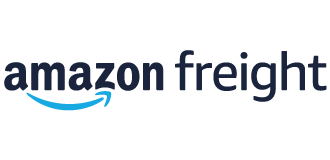


.png)
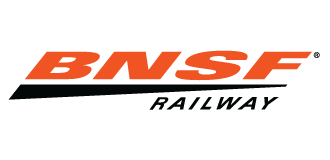


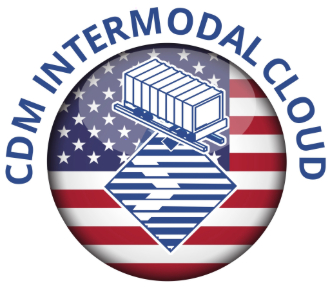







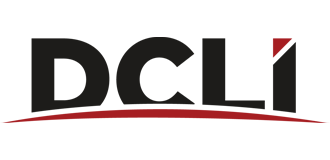
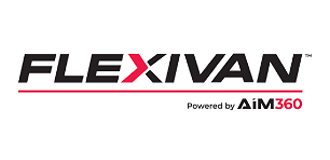




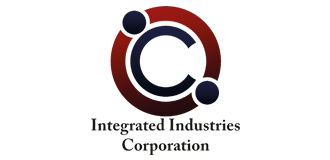
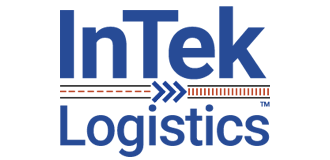



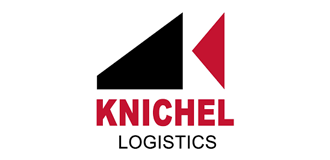

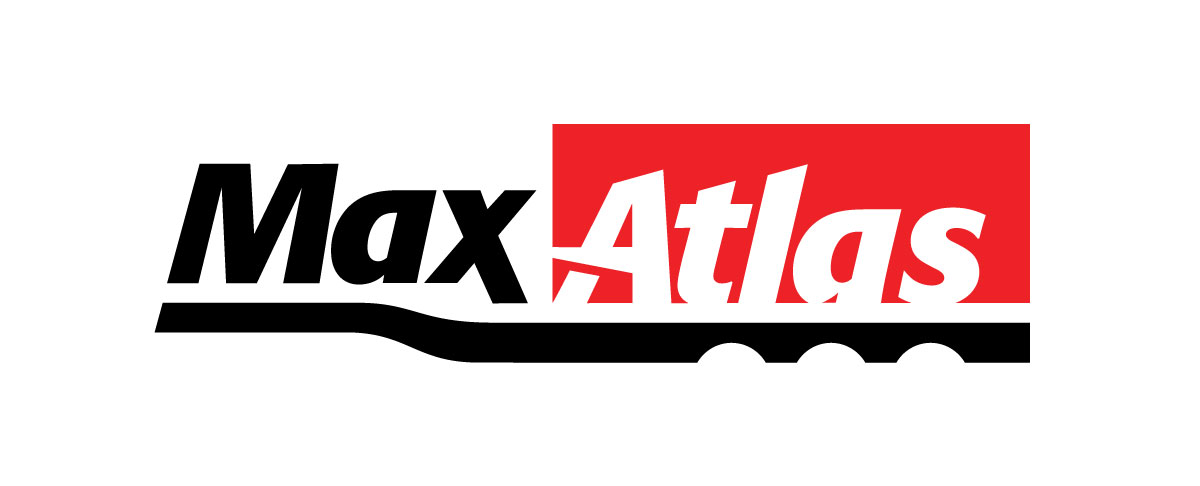

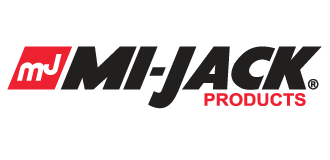
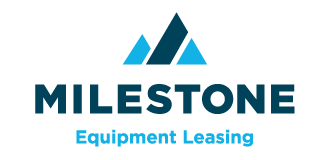
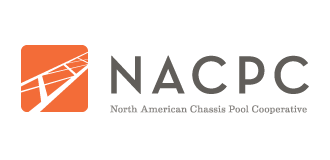
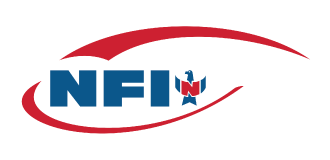
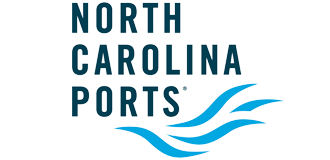




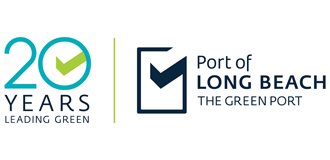

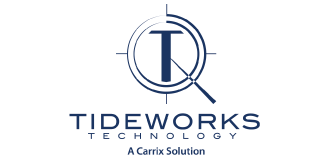




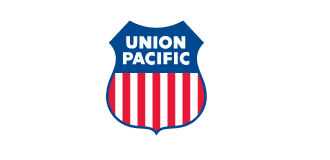
Comments